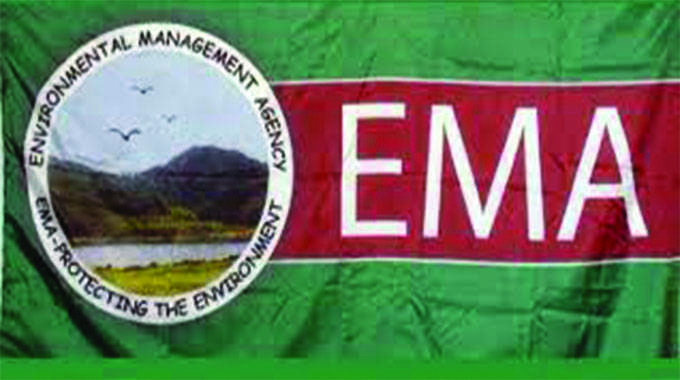ILLEGAL gold mining within the Umzingwane Catchment Area has become a destructive force that is severely compromising Bulawayo’s water supply, with devastating implications for the region at large.
Although persistent rains have offered some respite by increasing dam water levels, the relentless and unregulated alluvial mining activities have hindered natural inflows that are crucial for sustaining major water bodies.
The environmental degradation caused by these activities, coupled with the complete disregard for environmental regulations, poses a dire threat to the livelihoods of communities, agricultural productivity, and industrial operations that depend on a stable water supply.
The city of Bulawayo relies heavily on its key supply dams—Umzingwane, Mtshabezi, Inyankuni, Insiza-Mayfair, Upper and Lower Ncema — all of which have been severely impacted by siltation resulting from illegal mining.
One particularly tragic example of this destruction is the collapse of a 150-metre bridge along the Umzingwane-Inyankuni River confluence. This bridge, which once facilitated critical water flow into the Umzingwane Dam, has been completely destroyed due to mining activities, further disrupting the region’s already fragile water infrastructure.
During a recent visit to the area, Engineer Tafadzwa Muguti, Permanent Secretary for Presidential Affairs and Devolution, expressed the Government’s concern over the situation.
He emphasised that the collapse of the bridge not only symbolises the environmental toll of illegal gold mining but also highlights the urgent need for stricter enforcement of anti-alluvial mining measures.
Many illegal miners, driven by the allure of quick financial gains, continue to operate with blatant disregard for environmental laws, leaving behind a trail of destruction that threatens water availability for communities, agriculture, and industries alike.
The Environmental Management Agency (EMA), in collaboration with law enforcement, has been conducting raids in illegal mining hotspots, including Umzingwane, Nugget Mine in Matobo, and Vhovha Mine in Gwanda.

However, as EMA’s Matabeleland South provincial manager, Mr Decent Ndlovu, explained, the impacts of illegal mining go beyond water flow disruptions.
The associated siltation, deforestation, and habitat destruction have left significant scars on the landscape and its ecosystems.
Water scarcity has long been a pressing issue in Matabeleland South, particularly for Bulawayo, and the damage inflicted by these illegal mining activities has only exacerbated this crisis. The resulting water shortages are not limited to affecting households but also extend to hampering industrial productivity, curtailing agricultural output, and limiting access to water for livestock, all of which undermine the socio-economic stability of the region.
Addressing this complex issue will require a comprehensive and multi-pronged approach. Public awareness campaigns must stress the long-term consequences of environmental degradation, ensuring that everyone understands the stakes involved.

